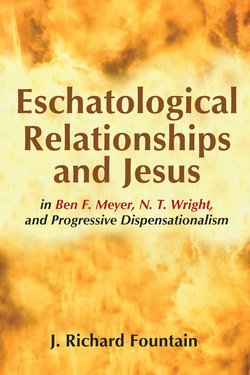Описание книги
Modern scholars have varied responses to apocalyptic narrative in the Synoptic Gospels. Some ignore it; others reinterpret it and don't think that Jesus' warning about persecution works in this setting. In order to understand apocalyptic in the New Testament, we need to understand Jewish apocalyptic, and its similarities and differences with Jesus. We need to know the key themes and where those themes develop in the Synoptic Gospels.
Eschatological Relationships and Jesus begins by exploring the components of prophetic and apocalyptic eschatology (figurative language, history, sequence, and juxtaposition of ideas) and then develops some of the major theological themes in Meyer, Wright, and Progressive Dispensationalism from the Synoptic Gospels. As readers work through Eschatological Relationships and Jesus, they begin to see and interpret the various patterns and themes in the eschatological discourses. Samples from Mark's Gospel to Matthew and Luke and a table of key eschatological relations makes this study a practical guide to the gospels.
Eschatological Relationships and Jesus begins by exploring the components of prophetic and apocalyptic eschatology (figurative language, history, sequence, and juxtaposition of ideas) and then develops some of the major theological themes in Meyer, Wright, and Progressive Dispensationalism from the Synoptic Gospels. As readers work through Eschatological Relationships and Jesus, they begin to see and interpret the various patterns and themes in the eschatological discourses. Samples from Mark's Gospel to Matthew and Luke and a table of key eschatological relations makes this study a practical guide to the gospels.
